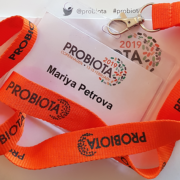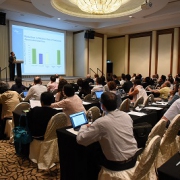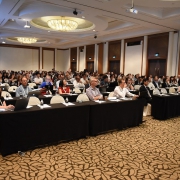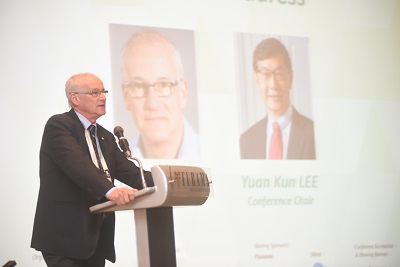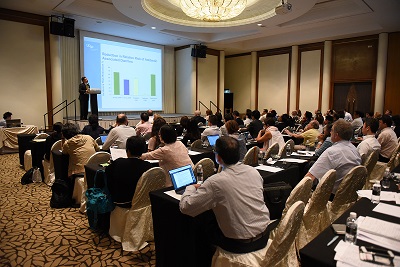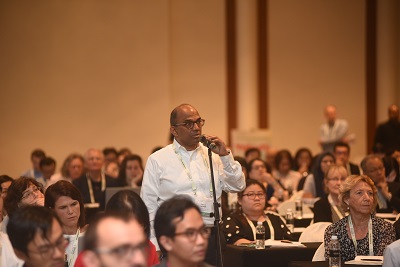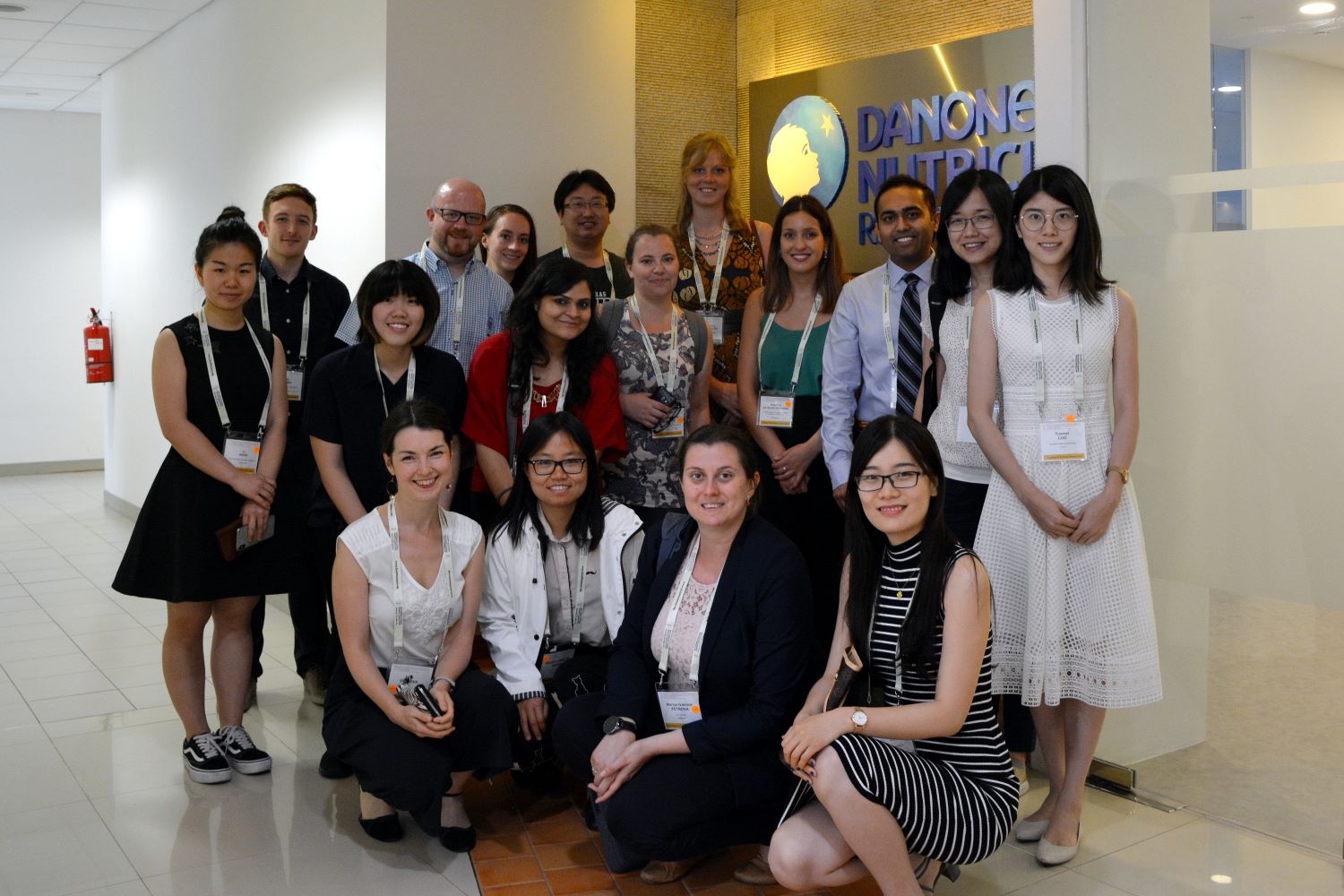Challenges ahead in the probiotic field – insights from Probiota2019
By Dr. Mariya Petrova, Microbiome insights and Probiotics Consultancy (MiP Consultancy), Bulgaria.
Recently, I attended the Probiota Conference, which brings together representatives from industry and academia on the topic of probiotics and related fields. The goal of many of the speakers at the conference was to provide insight about how to translate scientific discoveries for, and share commercial insights with, end consumers. I would like to share a few points that caught my attention.
Do good science. End-consumers rely on news coverage of science, which unfortunately is too often more sensationalist than accurate. Prof. Gregor Reid’s talk, “Disentangling facts from fake news,” noted that news article titles such as “Probiotics labeled ‘quite useless’” and “Probiotics ‘not as beneficial for gut health as previously thought’” – after research was published last year in Cell (here and here) – were misleading to end-users and of great concern to people in the field of probiotics who are familiar with the totality of the data. Researchers have a responsibility to situate their results in the context of existing evidence. However, Prof. Reid also observed that “too many products are called probiotics with strains not tested in humans”; “too many products are making un-verified claims”; “too many journalist don’t have expertise in science”; “too many rodent studies making association with human health”; “researchers making up their own terms without defining them”. So how do we solve this? Do good science and communicate results clearly, accurately and without bias – to journalists, to peers and to end-users. (See related ISAPP blogs here and here).
Understand the probiotic mode of action. Understanding probiotic modes of action may be the most challenging issues ahead of us. Currently, we have too little understanding of mechanisms by which probiotics provide health benefits. Probiotic strains are living microorganisms, which most likely work through multiple mechanisms and molecules, but we indeed need more in-depth research. When I reflect on my own experience and the struggles to do molecular studies, I can appreciate how difficult this research is. Although others may be focused on screening the microbiome and developing bioinformatics tools, I applaud the researchers trying to develop deeper understandings of how probiotics function, which will enable more rational approaches to probiotic selection and use. (See related ISAPP blog here.)
New names, new glory. The forthcoming reclassification of the Lactobacillus genus was discussed. We are faced with the largest taxonomic upheaval of this genus in history, including many economically important species. The current Lactobacillus genus will be split into at least ten genera. The species and strain names will not change, but many species will have different genus names. Researchers are expected to propose that all new genera names will begin with the letter “L.” The reclassification can help us better understand the mode of action of industrially important probiotics and help tailor probiotic applications. The changes will be communicated with regulatory bodies such as EFSA and FDA. Name changes could also have consequences for medical stakeholders and may lead to potential issues with intellectual properties. Consumers of probiotic products will likely be less affected by this change, but an educational website targeted to consumers could be beneficial. (See related ISAPP blog here.)
EFSA claims as expected. EFSA claims and regulations were also discussed. To date, approximately 400 health claims applications have been submitted to EFSA without any approved. Experts advised to keep the claims simple and easy. EFSA’s strict approach to claims may have the advantage of compelling industry to conduct studies that better support health claims. Responsible companies are adapting to regulatory requirements and are developing good products, and they will probably succeed in meeting claim standards. Nevertheless, it seems that although health claims are deemed important to companies and medical representatives, end-users of probiotics obtain information from other sources. Obtaining health claims is only one piece of the puzzle. Also important is providing science-based information to end-users, especially those keen on keeping their good health through nutrition.
Be transparent. Don’t forget to disclose the strains you use on product labels. Strains designation is one key way to distinguish your product and it is an important way to communicate to your consumer exactly what is in your product. Surprisingly still, some scientific papers fail to report the strains they used to perform their clinical trials. The field is moving towards more transparency with high-quality clinical trials, the best-selected strains for certain condition and clear designation of the probiotic strain on the label. (See related ISAPP infographics here, here and here)
Educate, educate and again educate. Often discussed at the conference was the subject of educating the end consumers. Companies should take a proactive approach to engage consumers and promote understanding of the available evidence where probiotics can promote health. It is difficult for consumers to differentiate science-based evidence from journalistic sensationalism or researcher self-aggrandizement. A major obstacle is also the ready availability in the marketplace of unproven products containing strains that have been tested only in animal models or not proven experimentally at all. Taking the need for reliable communications on probiotics and probiotics to end-users very seriously, ISAPP has developed a range of science-based videos and infographics. The infographics include topics such as how to read the labels of the probiotics products (USA and EU versions) and a probiotic checklist. Thanks to the enthusiastic work of many volunteers, some ISAPP infographics can now be found in 10 different languages.
Despite having great discussions, one thing keeps troubling my mind: Where is the field of probiotics going and how will it look like in 10 or 20 years? The fight for probiotics is not over, despite the progress we have made so far.

